If Google is showing you this page directly, click here to go to the start of the article.
Sound Signature and Technicalities
I mostly used the D&A Alpha Pro as a desktop all-in-one with my DCA Noire X, Moondrop Para, Fosi i5, and Sennheiser HD6XX headphones and Letshuoer Mystic 8 IEMs. For soundstage testing, I used my FiiO SP3 active analog speakers.
95% of my testing was done with the Alpha Pro in low-gain mode as it provided enough voltage for everything I threw at it. Some headphones needed around 80% on the knob but generally I recommend staying at low-gain if you can help it. I was pleasantly surprised that the Alpha Pro assigns gain settings to every mode, so if headphone mode needs something else than preamp mode, just set it once.
As the desktop audio center, the Alpha Pro works nicely enough. Switching between headphones and speakers is done by the mode button. The unit gets a bit warm with use, but nothing to worry about, even with another piece of gear stacked on it. The temperature didn’t change with heavy use, so I have to assume that the headphone amp has a good bit of Class-A bias.
One interesting quirk I noticed is that if I put my phone next to the headphone cable, the signal would get injected into the amp, looped around by the negative feedback, and spat out as bits of noise. It was only noticeable with IEMs. Otherwise, the whole system is virtually noise-free and perfectly usable even with sensitive IEMs.
Hooking up full-size headphones just requires an extra crank on the volume control. Even the 8-ohm Para didn’t audibly strain the discrete amplifier. With higher-impedance loads, there’s more than enough gain and voltage on tap, so even quieter classical recordings can be rendered with impressive dynamic gusto.
The overall tonality of the Alpha Pro system is quite neutral, with no leaning towards warm or clinically cold. A discerning listener will detect a slight tinge of vividness characteristic of most ESS-based DACs, which often makes them sound more dynamic than the warmer, yet more natural, AKM and R2R-based systems.
Likely thanks to better clocking and a more sophisticated analog power supply section, the Alpha Pro sounds more sophisticated than the DACs I’ve heard lately from SMSL and Topping. With that said, there is a certain family resemblance to the SMSL ESS-DAC sound, and inspecting the PCB of the Alpha Pro shows why. I’d be willing to bet that the same SMSL engineer has drafted the D&A board.
Technically, the Alpha Pro can easily trade punches with the best DACs under the 1000$ USD mark. The resolution is remarkable across the board, however, that’s also what I’ve come to expect as a default from DACs with OPA1612 output stages. It’s likely the contribution of the advanced clocking solution that imbues the sound with unusual timbral richness.
To enhance it, I had to forego the built-in amplifier and hook up a higher-quality dedicated unit.
Comparisons
Holo x Topping Centaurus + Aune S17 Pro EVO
Again, my desktop reference setup shows my leaning towards a warmer and more organic sound signature. While it is about twice as expensive as the Alpha Pro, it provides a good context in which to place it in the big picture. The Centaurus is an R2R DAC with the conversion module designed by Holo Audio. The Aune S17 Pro EVO is their class-A balanced solid-state amp with warm-ish sounding JFET inputs.
After some quick switching between the two, it’s clear that the Alpha Pro sounds more grainy and at times even abrasive, compared to the R2R and Class-A combo. At the same time, the D&A device had the edge in overall resolution. The next matchups will attempt to define which of the components of the Alpha Pro combo are responsible for which of its traits.
As an amp with the Centaurus
The Alpha Pro can work as a dedicated headphone amp if you hook up an audio source to its line inputs and select the headphone-out. It’ll also do analog preamp duty to anything that’s connected to the RCA outputs. This way I’m able to gauge the performance of the discrete headphone amplifier section separately.
It’s immediately evident that the amplifier in the Alpha Pro is very neutral and quite capable when it comes to resolving fine detail. The natural character of the Centaurus came through quite evidently, without sins of commission or omission. A close cousin to the amp in the Alpha Pro is the Drop + SMSL HO150X, another surprise from SMSL, who went with a discrete output stage there.
As a dedicated DAC with the Aune S17 Pro EVO
The main question I’m trying to answer here is whether I can see someone upgrading the Alpha Pro by adding a dedicated amplifier. After comparing the built-in amp with the Aune S17 Pro EVO, I was once again wowed by the capabilities of the Alpha Pro DAC. It does sound surprisingly sophisticated for its price point, and I can see people complementing it with a different amplifier.
While the Aune S17 Pro EVO was able to uncover more of the DAC’s potential, to me the more interesting combo would be to add an OTL tube amp into the mix. The built-in amp of the Alpha Pro is a fine solid-state device, and adding tubes would make the overall setup much versatile.
The Feliks Audio Euforia EVO seems a bit overkill here (but massively pleasant), so I jury-rigged the DROP + xDuoo TA-84, which was just what the doctor ordered!
I’d add a solid-state amp to the Alpha Pro if you want to go all-in on resolution and bass authority, and even then, looking for one that only builds upon the Alpha Pro won’t be easy.
Conclusion
There’s no denying that D&A shares a bit of DNA with SMSL and Topping, but for once, I see a product that builds upon the engineering language these companies have chosen.
The visual design is interesting to say the least, but I really wish they had worked a bit more on the LED implementation. Currently, most of the settings require me to wear sunglasses.
As for the sound, I’m delighted with the Alpha Pro! It nails a lot of intangibles I’ve felt missing from gear at this price point.
I also appreciate the highly flexible input and output routing, which means that the Alpha Pro will fit into most setups. Living room systems will probably miss the remote and a screen that’s legible from the couch.
The combination of a compelling sonic package and a refreshing design allows me to grant the D&A Alpha Pro the Headfonia Recommended in the desktop DAC amp category.
With that said, the Alpha Pro is a great buy as a standalone DAC as well! I can’t wait what else D&A have in store for us in the future and congratulate them for the strong debut!
Summary
Pros:
- Interesting flourishes in the circuit design
- One of the more organic-sounding ESS DACs at this price
- The headphone amp will drive anything
- Direct button controls
- Great technicalities and intangibles
- Some will appreciate the faceplate design
- Flexible IO
Cons:
- No way to turn down the LED brightness
- Indicator LEDs make it hard to read the lettering
- The LED “indicator” mode is too sensitive
- No remote
- No lossless Bluetooth
- No EQ
- Only single-ended analog inputs







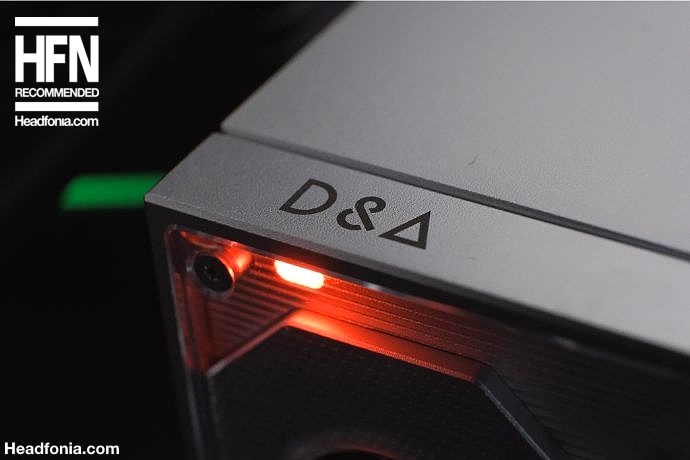
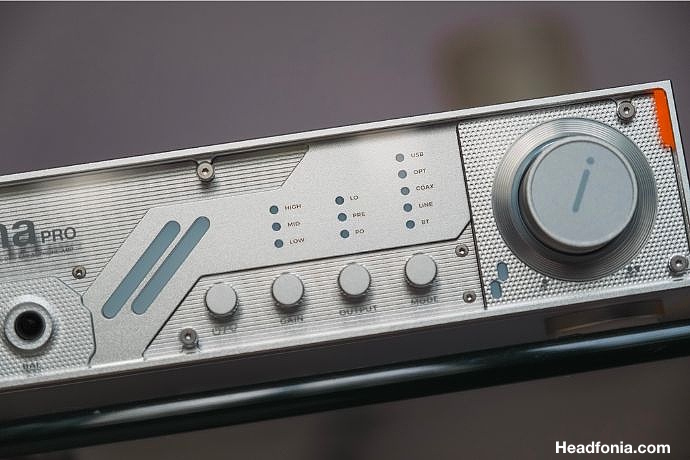
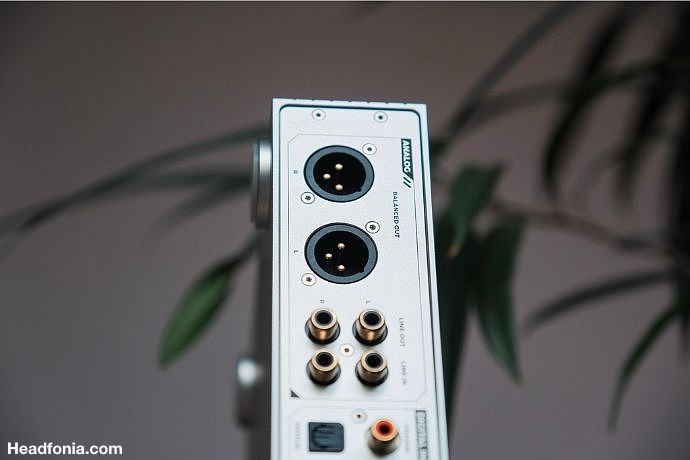
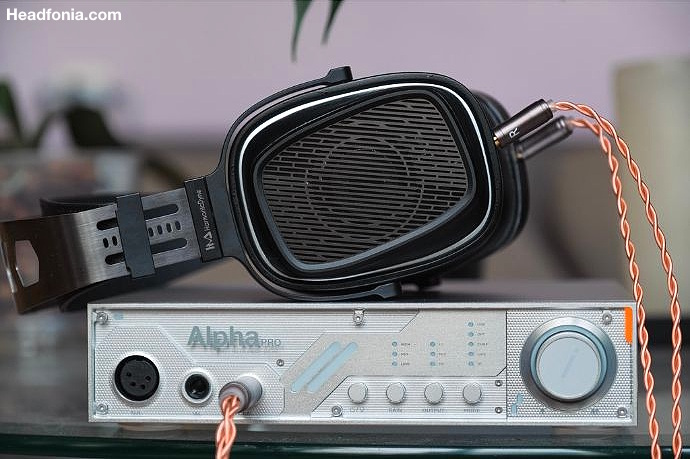
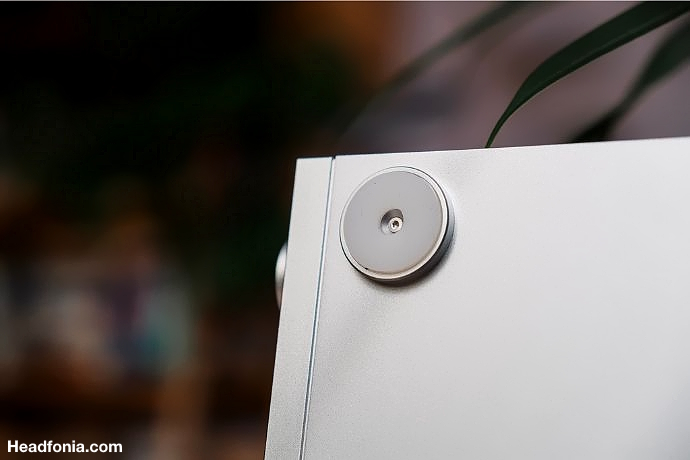
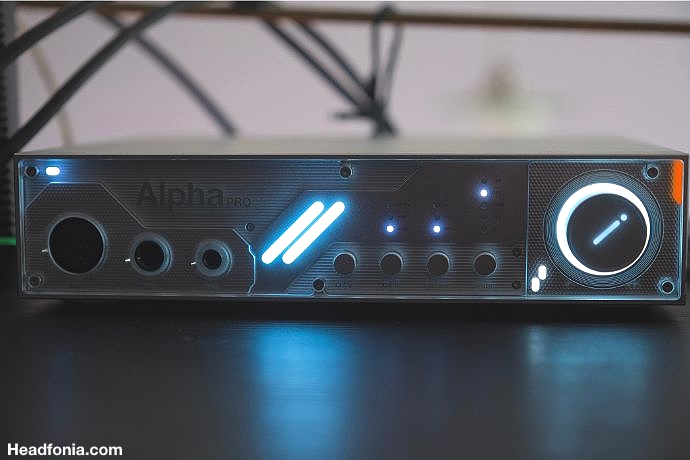

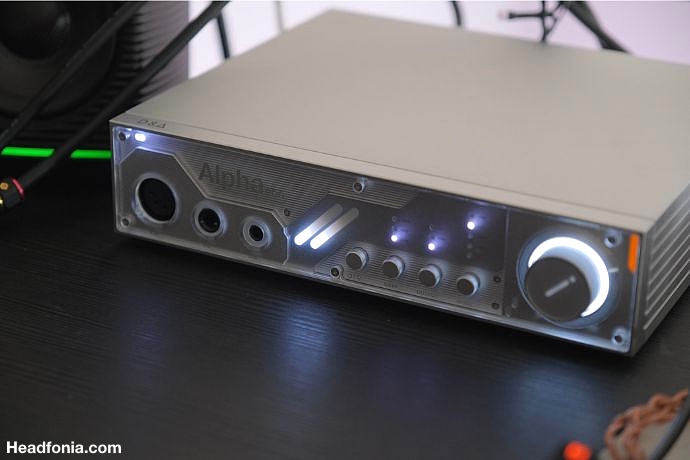
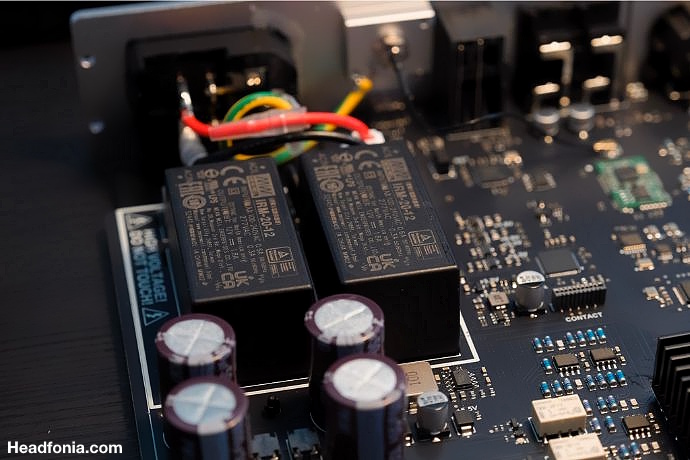
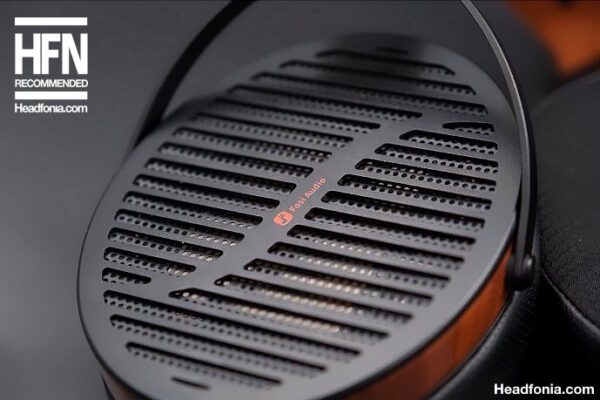
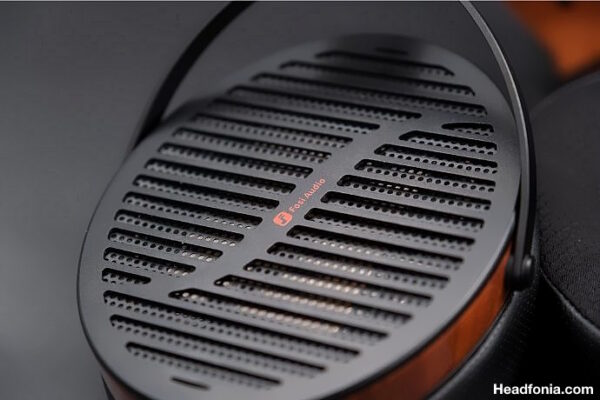
Ojasvi Mathur
How does it compare to Fiio K17 dac section ?
Also how is Alpha pro in soundstage size, may be compare to K17 to have an idea and overall positioning of the product?
Rudolfs
I haven’t heard the K17, as it went to my colleague. What I can compare it to is the K19. The DAC sections are generally very similar sounding. The headphone amp section is better in the Alpha Pro. Where the K19 wins is DSP.